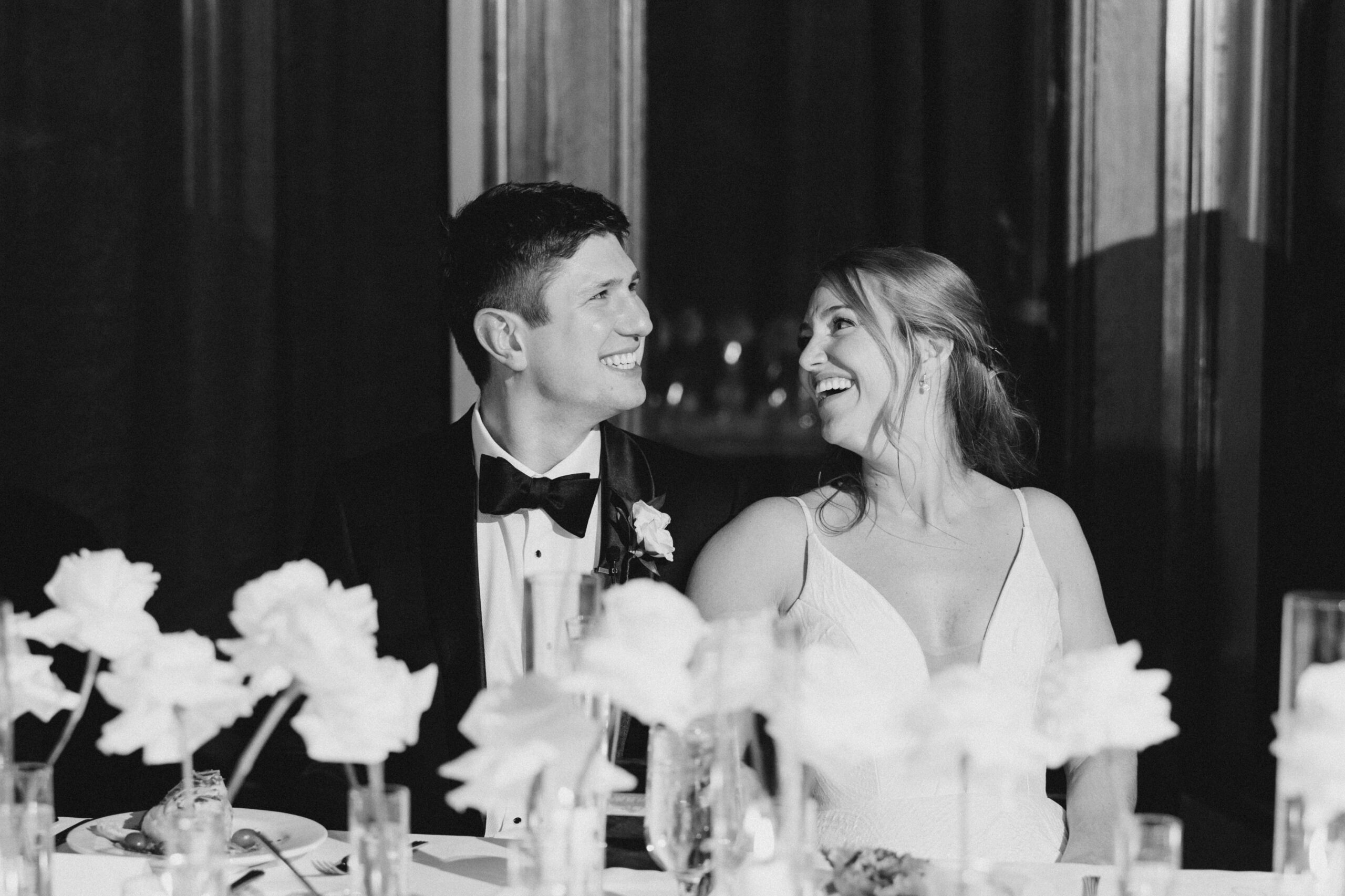Let’s face it — talking about money isn’t the most romantic part of planning a wedding, but it is one of the most important. Whether you’re dreaming of a grand ballroom bash or an intimate backyard celebration, knowing your wedding budget helps turn that dream into a stress-free reality.
Here’s how to create a wedding budget that actually works for you — not just what the internet says the “average” couple spends.
1. Start With Your Total Number — and Be Honest
Before you start booking vendors or Pinterest-ing your dream setup, sit down and figure out what your total budget is. This number should include everything — not just the venue and flowers, but also things like dress alterations, vendor tips, and even your honeymoon if it’s coming from the same pot.
Start by asking:
- How much do we already have saved?
- How much can we realistically save between now and the wedding?
- Are any family members contributing? (It’s okay if they’re not!)
💡 Pro Tip: Be transparent and realistic. Overestimating contributions or underestimating expenses can create tension and stress down the line. Setting expectations early helps keep everything smooth and drama-free.
2. Estimate Your Guest Count
This might feel backward — shouldn’t you pick a venue first? Actually, your guest count will affect nearly every line item in your budget. More guests = more meals, more drinks, more chairs, more tables, more centerpieces… you get the idea.
Having a ballpark number, even if it’s a range, helps:
- Narrow down venue options based on capacity
- Estimate catering and rental costs more accurately
- Decide if a smaller guest list could give you more room to splurge elsewhere
A good tip? Create an A-list and B-list. If your budget allows, you can always invite more guests later.
3. Prioritize What Matters Most
Weddings aren’t one-size-fits-all — so your budget shouldn’t be either. Sit down with your partner and each write down your top 3 priorities for the day. These could be:
- Incredible photography you’ll cherish forever
- A live band and a packed dance floor
- A show-stopping dress or custom suit
- Jaw-dropping floral installations
- A private, intimate ceremony
Once you know your priorities, you can confidently invest more in those areas — and look for ways to save on things that matter less to you both. This is the key to feeling excited, not restricted, by your budget.
4. Break It Down by Category
Now that you have a total budget and priorities in mind, you can start divvying it up. Here’s a typical breakdown many couples start with:
- Venue & Catering: 40–50%
(Often the largest expense — think venue rental, food, drinks, service fees) - Photography/Videography: 10–15%
(Remember, this is the one thing you’ll still have decades from now!) - Attire: 5–10%
(Dress, suit, accessories, shoes, alterations) - Flowers & Decor: 10%
(Bouquets, centerpieces, ceremony decor) - Entertainment: 5–10%
(DJ, band, ceremony musicians) - Planner/Coordinator: 5–10%
(Depending on if you hire full-service, partial, or just day-of) - Stationery: 2–3%
(Invitations, save the dates, postage, signage) - Miscellaneous/Buffer: 5–10%
(Tips, taxes, transportation, unexpected costs)
Again — these are just guidelines. You can (and should!) shift percentages based on what you value most.
5. Don’t Forget the Hidden Costs
This is where budgets can get derailed. It’s not just the big-ticket items that add up — it’s the little things you didn’t expect, like:
- Service charges and taxes (often 20–30% on catering or venues)
- Vendor tips (plan ahead for this!)
- Beauty trials for hair and makeup
- Dress or suit alterations
- Transportation for you or your guests
- Cake cutting and corkage fees
- Guest welcome bags or favors
- Postage for your invitations and RSVPs
Try setting aside 5–10% of your budget as a “just in case” fund. You’ll thank yourself later.
6. Track It All in One Place
You don’t need fancy software to stay organized — though there are great apps like Zola and spreadsheets on Google Sheets that can help. Just pick one system and use it consistently.
Track:
- Estimated vs. actual costs
- Payment deadlines
- Deposit amounts and due dates
- Notes or reminders per vendor
Having a clear picture of your spending helps you stay on track and avoid last-minute stress (or overspending without realizing it).
7. Remember: A Beautiful Wedding Doesn’t Need a Massive Budget
Some of the most meaningful weddings I’ve photographed weren’t the most expensive — they were the most intentional. When your budget reflects your priorities, you end up with a day that’s not only gorgeous, but personal and unforgettable.
Whether you’re working with $5,000 or $50,000, you can create something incredible by staying true to what matters most to you.
If you’re feeling overwhelmed, know you’re not alone. Wedding planning is a big job, but it’s also an exciting chapter — and the right tools and mindset can make it so much smoother. So if you’d like more wedding planning tips you can find them here!
Wedding Budget 101: Plan Without Breaking the Bank
May 17, 2025
CLOSE COMMENTS

comments
0
no.
SHARE THIS ON
share on